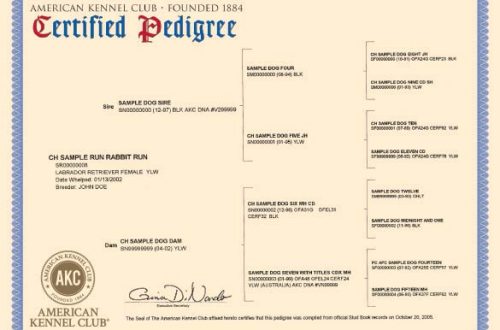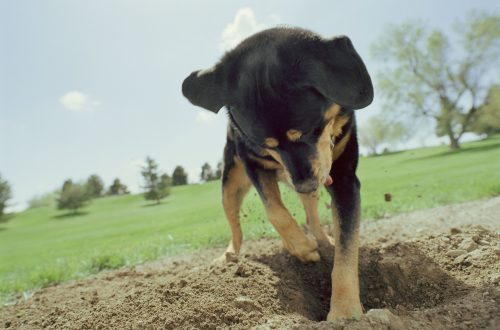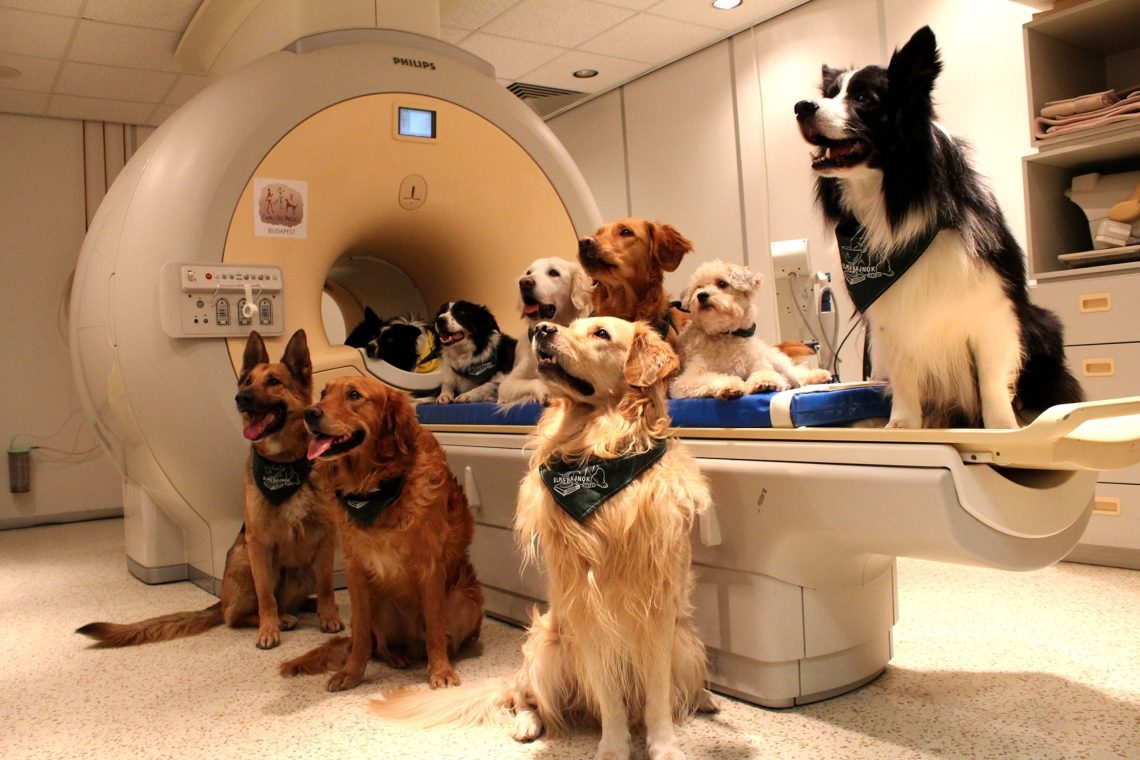
How does a dog understand a person?
We have learned to determine what the other person feels and intends to do, if it is right use social cues. For example, sometimes the direction of the gaze of the interlocutor can tell you what is going on in his head. And this ability, as scientists have long thought, distinguishes people from other living beings. Does it differ? Let’s figure it out.
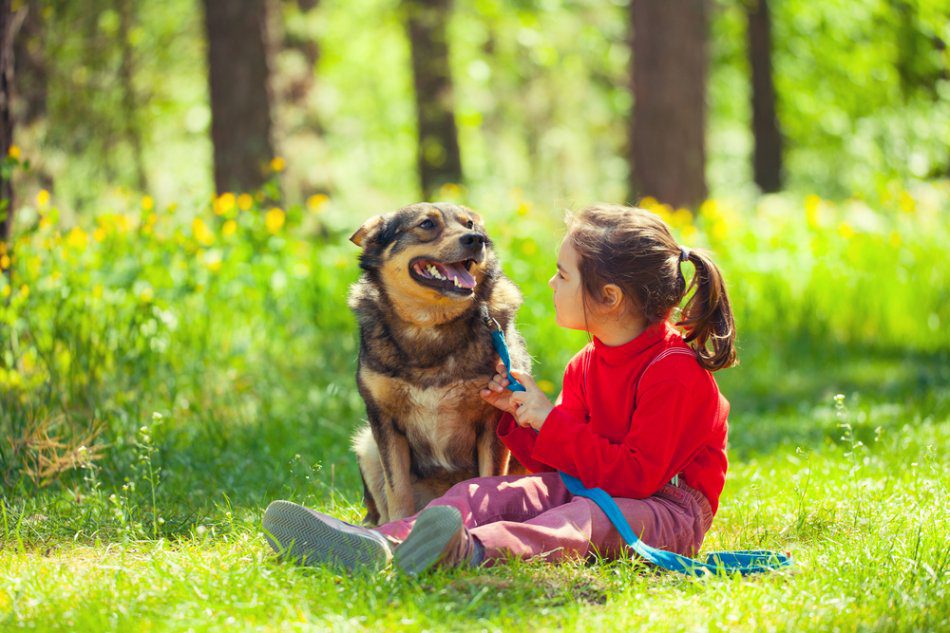
There are known experiments with children. The psychologists hid the toy and told the children (with a look or gesture) where it was. And the children did an excellent job (unlike the great apes). Moreover, children did not need to be taught this – this ability is part of the “basic configuration” and appears at the age of 14-18 months. Moreover, children show flexibility and “respond” even to those prompts that they have not seen before.
But are we really unique in this sense? For a long time it was thought so. The basis for such arrogance was experiments with our closest relatives, monkeys, who repeatedly “failed” tests for “reading” gestures. However, people were mistaken.
American scientist Brian Hare (researcher, evolutionary anthropologist and founder of the Center for the Study of Dog Cognitive Ability) watched his black Labrador Orio as a child. Like any Labrador, the dog loved to chase balls. And he liked to play with 2 tennis balls at the same time, one was not enough. And while he was chasing one ball, Brian threw the second, and, of course, the dog did not know where the toy had gone. When the dog brought the first ball, he carefully looked at the owner and began to bark. Demanding that he be shown with a gesture where the second ball had gone. Subsequently, these childhood memories became the basis for a serious study, the results of which greatly surprised scientists. It turned out that dogs perfectly understand people – no worse than our own children.
The researchers took two opaque containers that were hidden by a barricade. The dog was shown a treat, and then placed in one of the containers. Then the barrier was removed. The dog understood that somewhere the delicacy lay, but where exactly, she did not know.

In the photo: Brian Hare conducts an experiment, trying to determine how a dog understands a person
At first, the dogs were not given any clues, allowing them to make their own choices. So scientists were convinced that dogs do not use their sense of smell to find “prey”. Oddly enough (and this is truly amazing), they really did not use it! Accordingly, the chances of success were 50 to 50 – the dogs were just guessing, guessing the location of the treat about half the time.
But when people used gestures to tell the dog the correct answer, the situation changed dramatically – the dogs easily solved this problem, heading straight for the right container. Moreover, not even a gesture, but the direction of a person’s gaze was quite enough for them!
Then the researchers suggested that the dog picks up the movement of a person and focuses on him. The experiment was complicated: the dogs’ eyes were closed, the person pointed to one of the containers while the dog’s eyes were closed. That is, when she opened her eyes, the person did not make a movement with his hand, but simply pointed with his finger at one of the containers. This did not bother the dogs at all – they still showed excellent results.
They came up with another complication: the experimenter took a step towards the “wrong” container, pointing to the correct one. But the dogs could not be led in this case either.
Moreover, the owner of the dog was not necessarily the experimenter. They were just as successful in “reading” people they saw for the first time in their lives. That is, the relationship between the owner and the pet has nothing to do with it either.
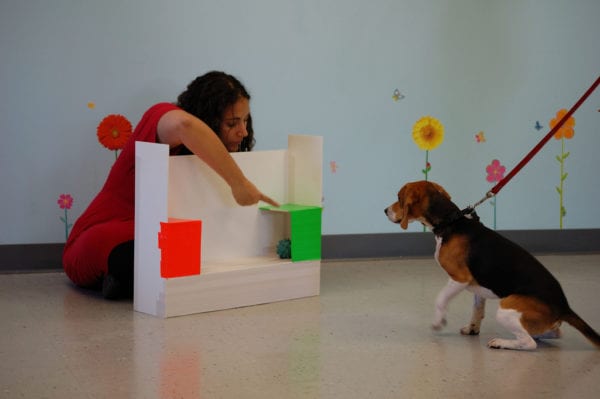
In the photo: an experiment whose purpose is to determine whether the dog understands human gestures
We used not only gestures, but a neutral marker. For example, they took a cube and put it on the desired container (moreover, they marked the container both in the presence and in the absence of a dog). The animals did not disappoint in this case either. That is, they showed enviable flexibility in solving these problems.
Such tests were carried out repeatedly by different scientists – and all received the same results.
Similar abilities were previously seen only in children, but not in other animals. Apparently, this is what makes dogs really special – our best friends.



